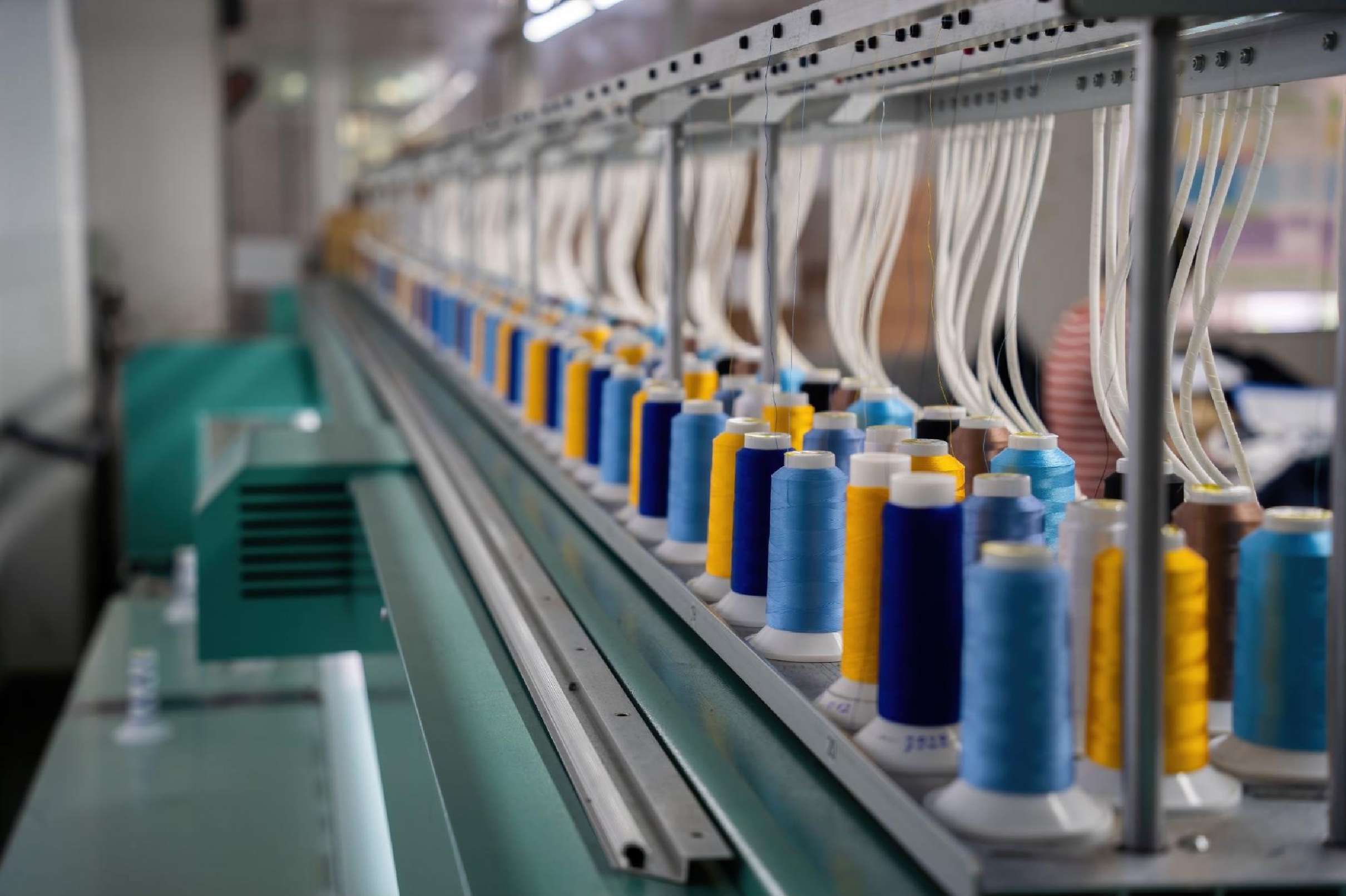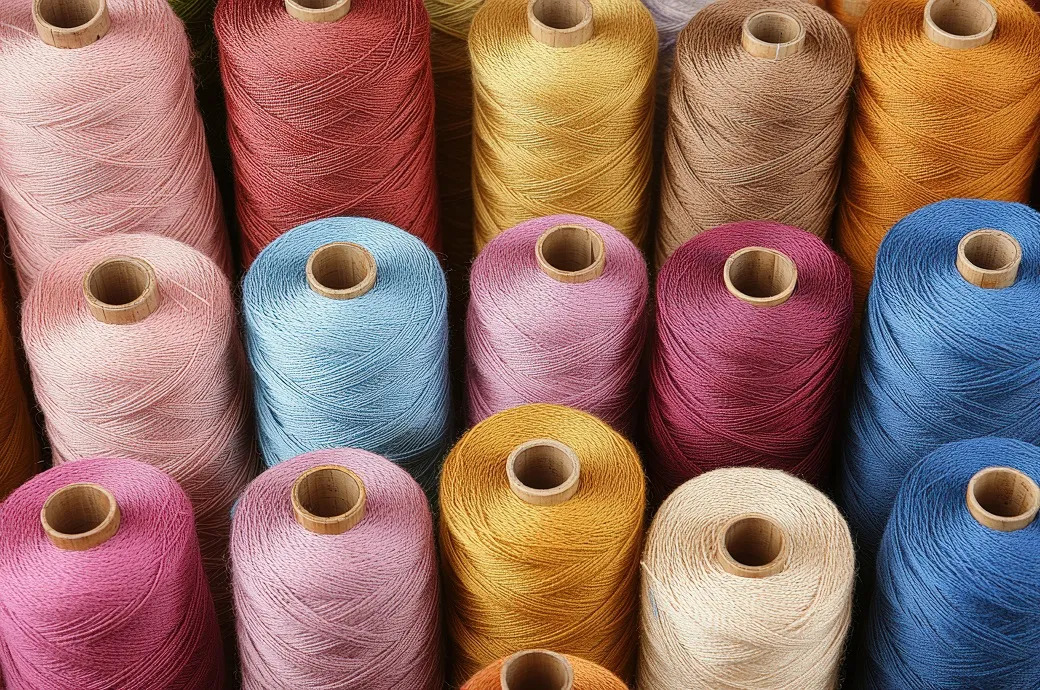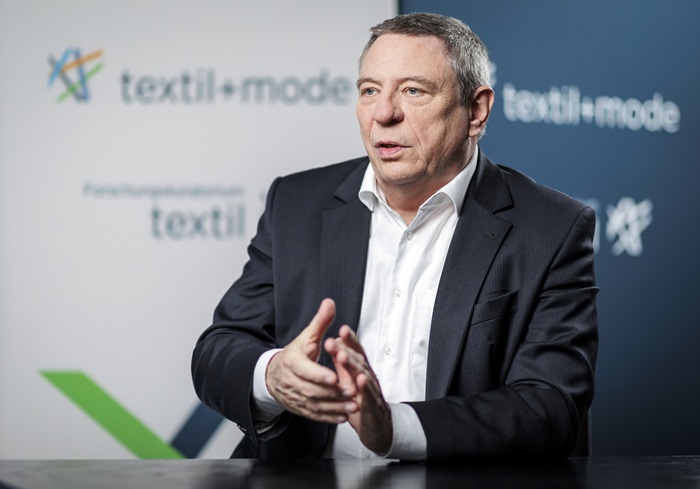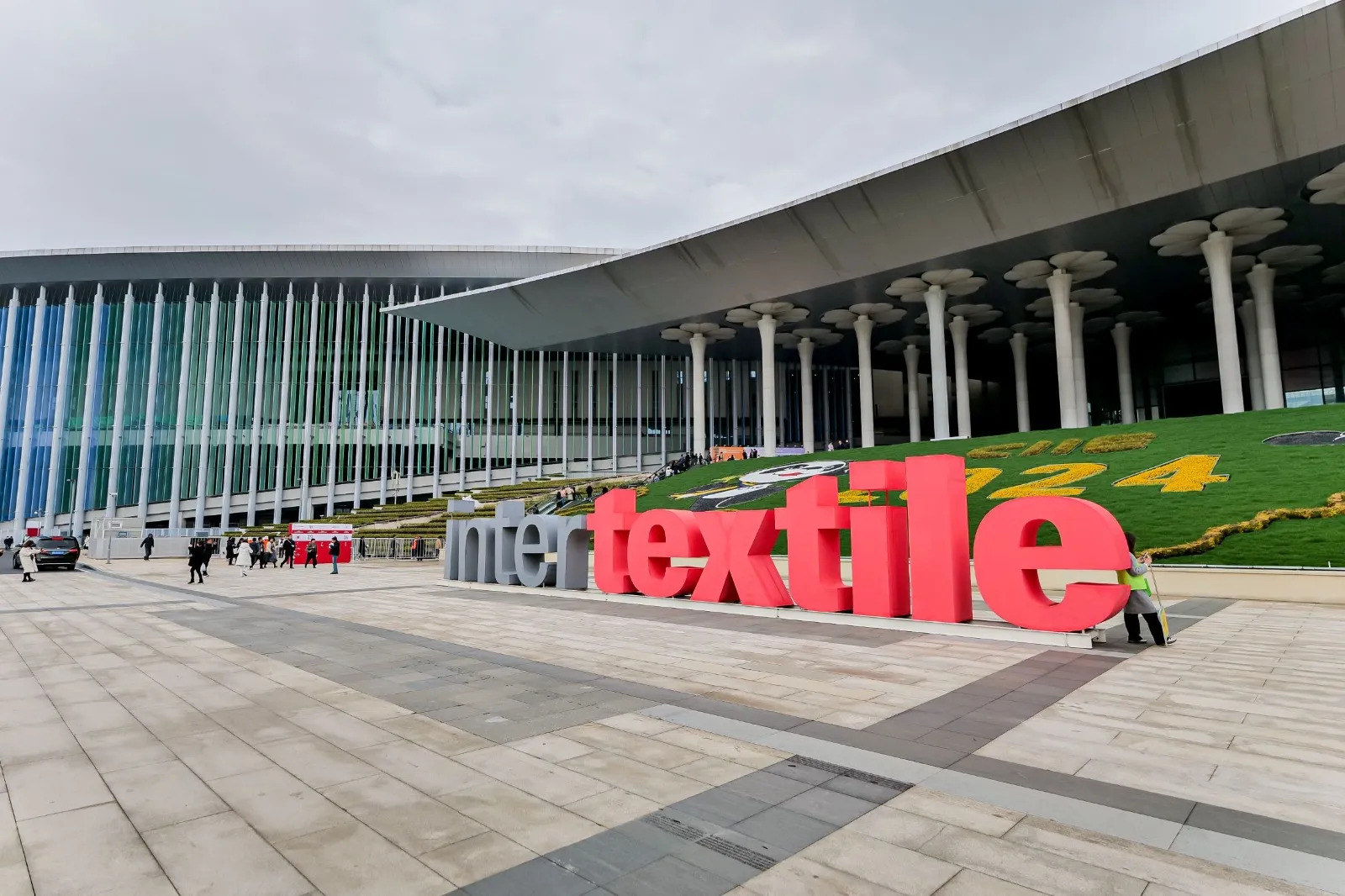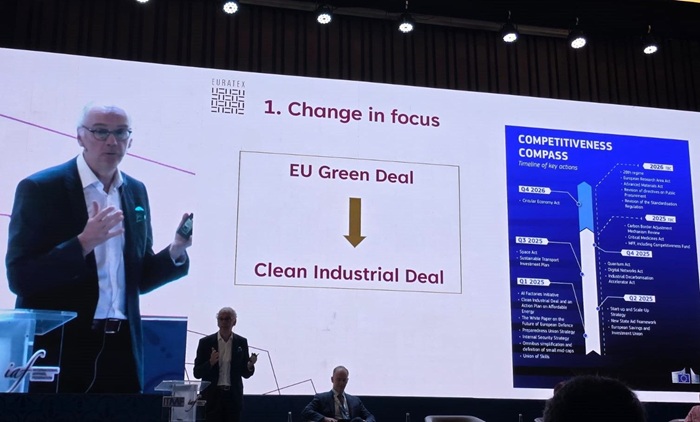In the last decade, Inditex has shifted most of its factories from the European Union to Asia. In 2008, 43.5 per cent of the group's suppliers were within the common market. Ten years later, their share has dropped to 24.6 per cent. In 2008, the European Union housed 43.5 per cent of the Spanish group’s suppliers. Ten years later, their share has been reduced almost by half, to 24.5 per cent.
The throne that Europe has lost is now held by Asia, which already represents 55.7 per cent of the total network of suppliers for Zara’s matrix. Ten years ago, the region accounted for 35.2 per cent, with just 417 suppliers.
A decade ago, Inditex totaled seven productive clusters in the world: Morocco, Turkey, Bangladesh, India, Portugal, Spain and Cambodia. In the last ten years, the company has added five more, Argentina, Brazil, Pakistan, China and Vietnam. In total, the twelve areas contribute 96 per cent of the group's production. The African continent, meanwhile, today houses 145 Inditex suppliers, 44 more than in 2008.
In these ten years, the group has also made progress in transparency and compliance. In 2008, the company conducted 655 social audits. In 2018, the group conducted 12,065 audits.

